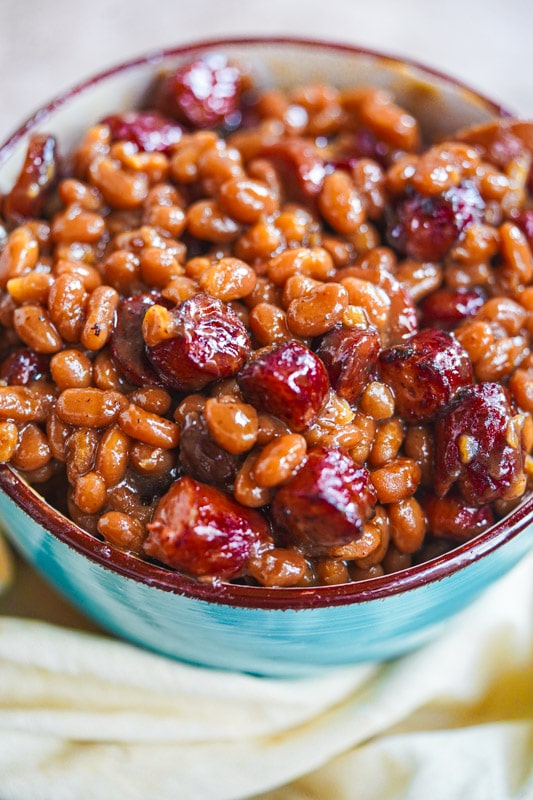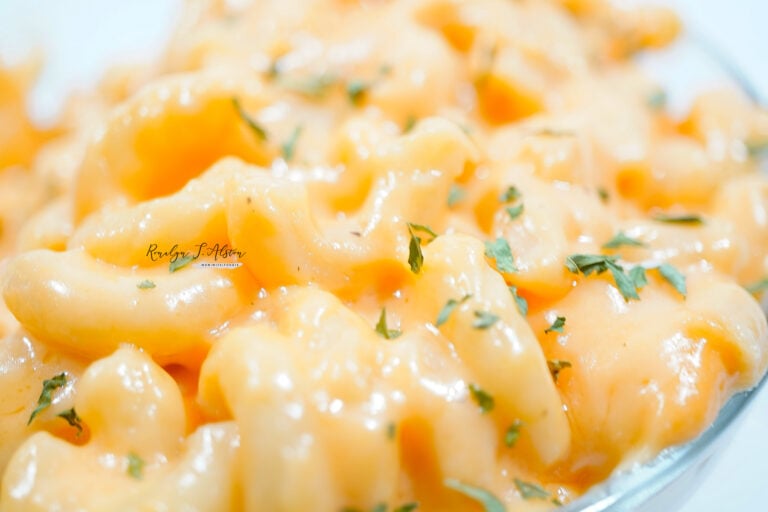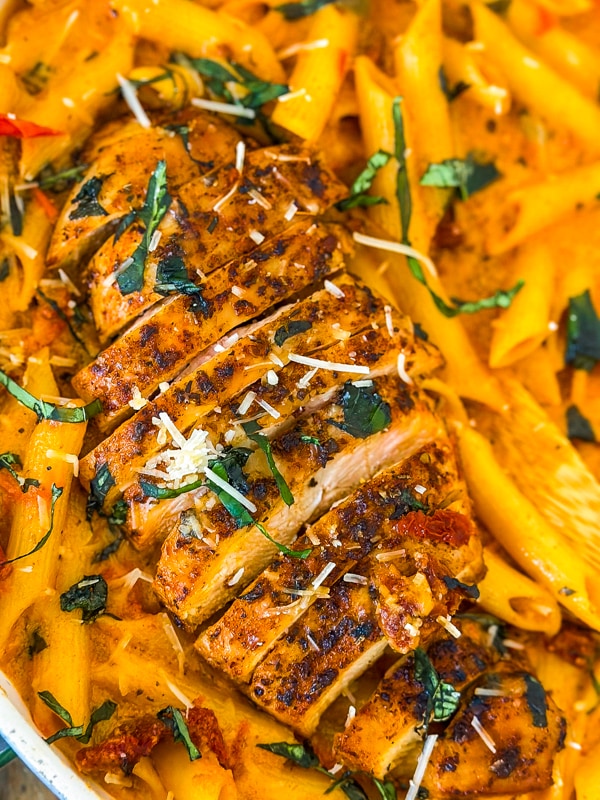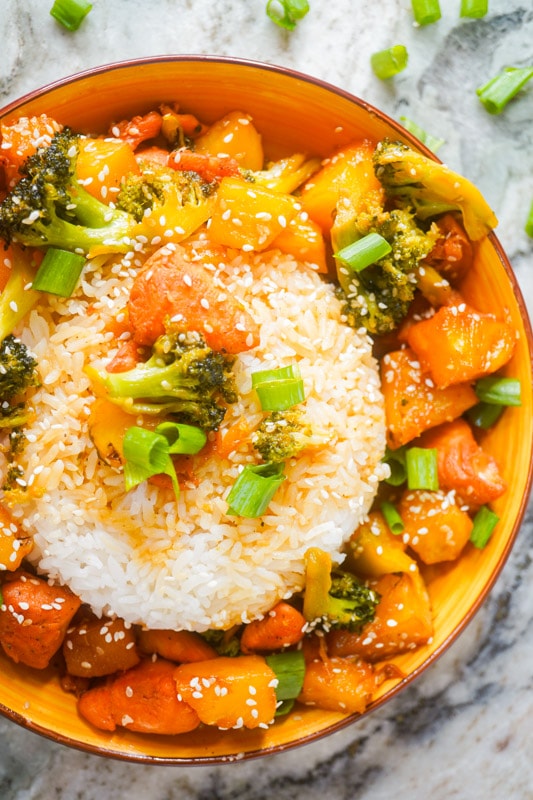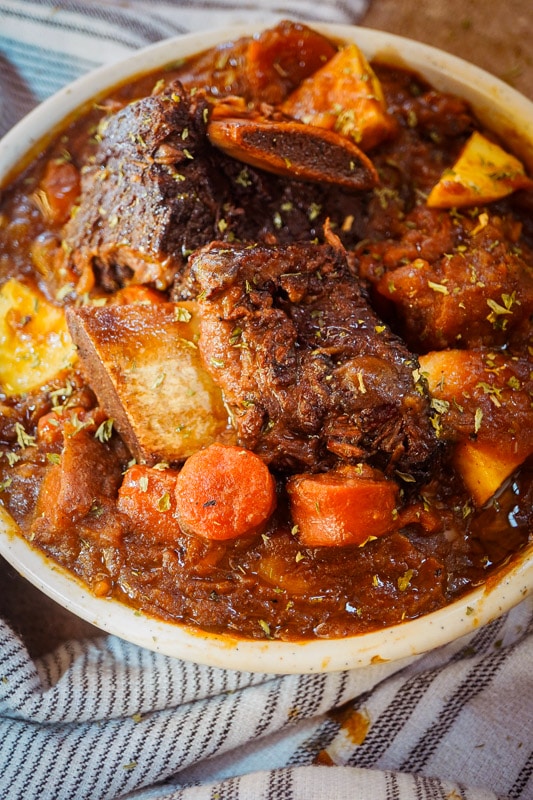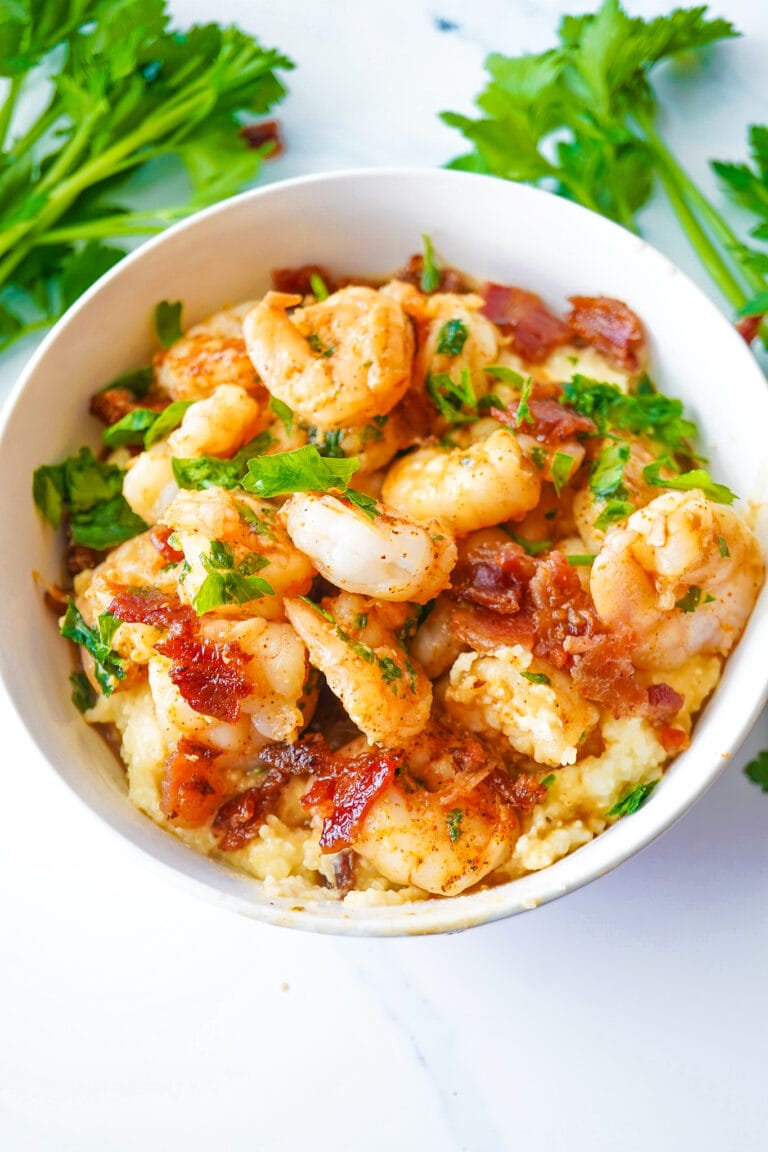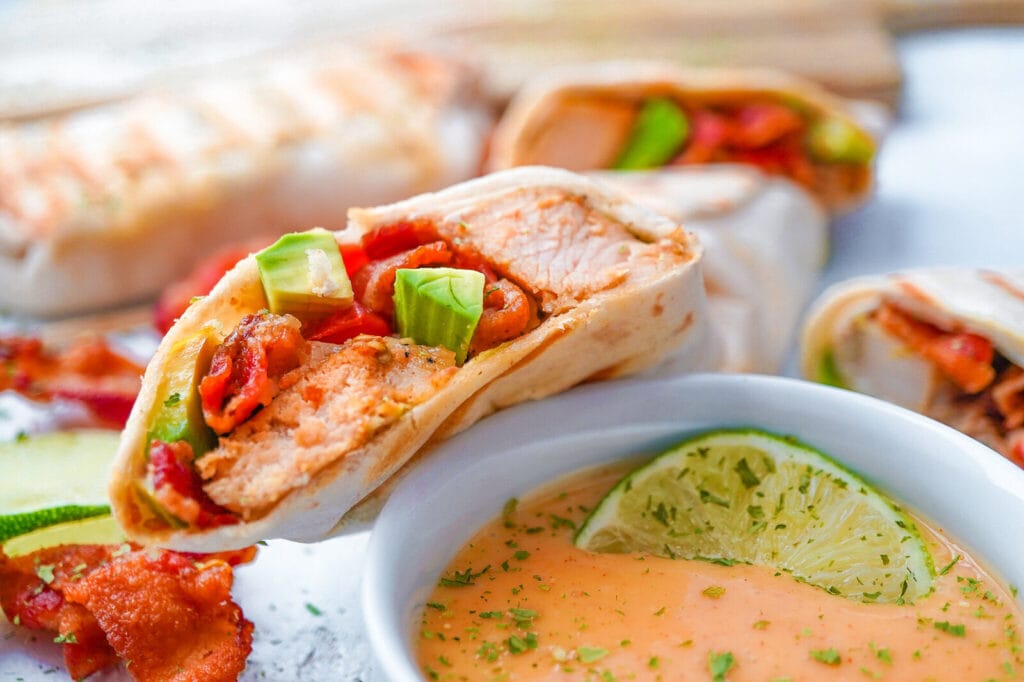This parboil rice recipe is the perfect side dish for any meal. You can pair this recipe with just about anything. You will only need a few cups of rice and some cold water! The cooking process is painless. So, if this is your first time cooking rice. Don’t worry I’ve got you covered.
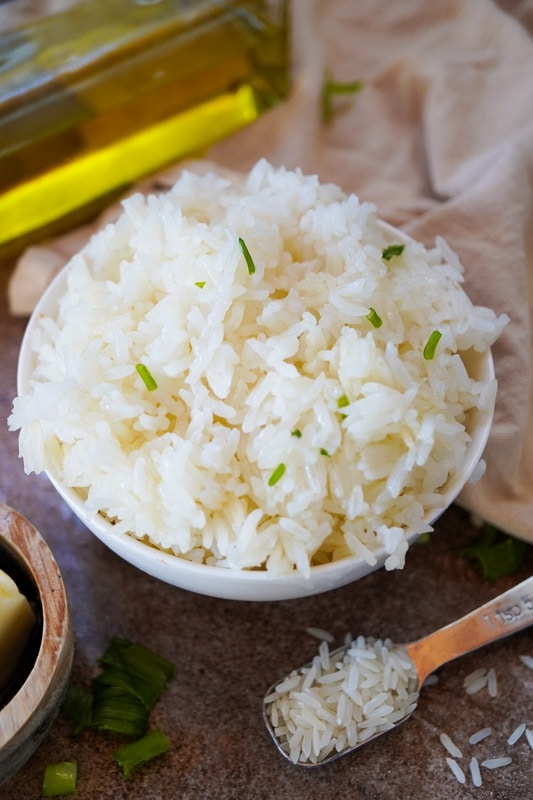
What Is Parboil Rice?
Parboiled rice is a type of rice that has been partially boiled in its husk before further processing. Unlike regular rice, parboiled rice undergoes a steaming or parboiling process that gelatinizes the starch in the grains, making it easier to cook and digest. This process also helps retain more nutrients compared to regular white rice. Parboiled rice can come in different grain lengths, such as long-grain, medium-grain, or basmati rice. It is a whole-grain option that retains the bran layer, which contains valuable nutrients and fiber. Parboiled rice can be cooked using a rice cooker or on the stovetop with a specific ratio of rice to water. It is a versatile ingredient that can be used in various dishes. It’s best when enjoyed along side another side.
Ingredients You Will Need
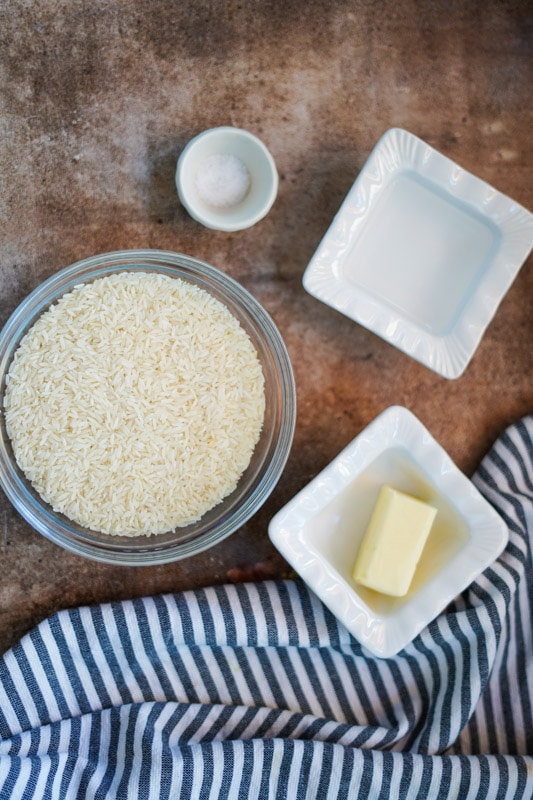
To prepare parboiled rice, you will need the following ingredients:
1. Parboiled rice: This main ingredient has already undergone a steaming or parboiling process to cook the rice grains partially.
2. Water: Parboiled rice requires water for cooking. The ratio of rice to water may vary depending on the type of rice and the desired texture. Typically, for long-grain rice, you would use 1.5 cups of water for every cup of rice.
3. Salt: Adding a pinch of salt to the cooking water enhances the flavor of the rice.
4. Butter: This ingredient is optional but can be used to add flavor and prevent the rice grains from sticking together during cooking.
How To Make Parboiled Rice
1. Measure the desired amount of parboiled rice. Typically, 1 cup of uncooked rice will yield about 3 cups of cooked rice. Rinse the rice under cold water to remove any excess starch or impurities. This step is optional but can help prevent the rice from becoming sticky.
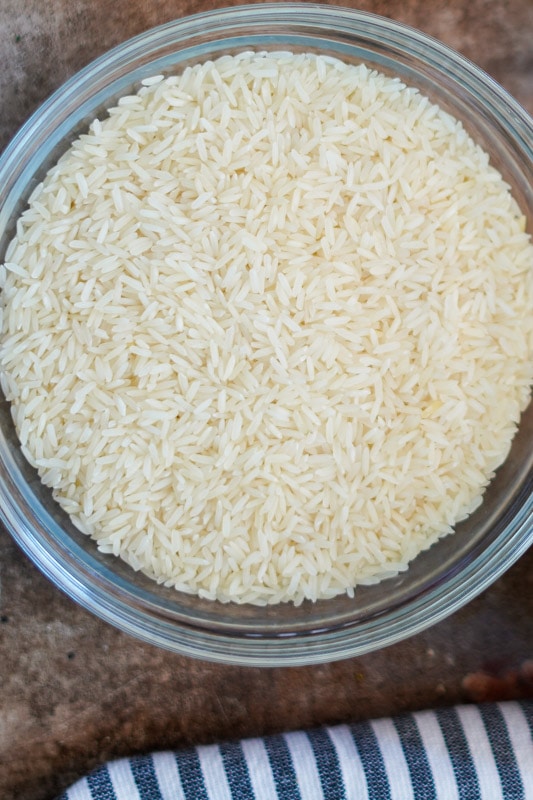
3. In a medium-sized saucepan, add the rinsed rice and the appropriate amount of water. The water-to-rice ratio is usually 1.5 cups of water for every cup of rice, but you can adjust it according to your preference. Add a pinch of salt to the saucepan to enhance the flavor.

5. Optional: Add a tablespoon of butter to the saucepan. This will help prevent the rice grains from sticking together. Place the saucepan on the stove over medium-high heat and bring the water to a boil.
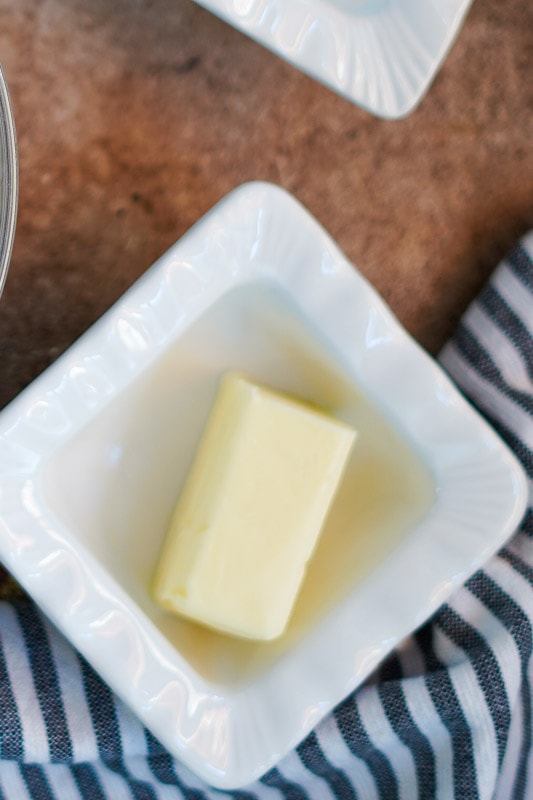
7. Once the water reaches a rolling boil, reduce the heat to low and cover the saucepan with a tight-fitting lid. Allow the rice to simmer and steam for 15-20 minutes or until the grains are tender and cooked. Avoid lifting the lid too often to maintain the steam inside the pan.

9. After cooking, turn off the heat and let the rice sit covered for 5-10 minutes. This allows the excess moisture to be absorbed, resulting in fluffy rice. Finally, fluff the rice with a fork to separate the grains and serve hot.
Substitutions
1. White Rice: Regular white rice can be used as a substitute for parboiled rice. The cooking time and water ratio may need to be adjusted based on the specific type of white rice you are using.
2. Brown Rice: Brown rice is a healthier alternative to parboiled rice and can be used similarly. However, note that brown rice usually requires a longer cooking time and a slightly higher water ratio.
3. Basmati Rice: Basmati rice is a fragrant, long-grain rice that can be used as a substitute for parboiled rice. It has a slightly different texture and flavor but is still a great option for various dishes.
4. Jasmine Rice: Jasmine rice is another aromatic, long-grain rice that can be used instead of parboiled rice. When cooked, it has a slightly stickier texture, but it will still work well in most recipes.
5. Wild Rice: Wild rice is a whole grain with a nutty flavor and chewy texture. It can be mixed with other rice varieties or used on its own as a substitute for parboiled rice.
Variations
1. Vegetable Rice: Add diced vegetables such as carrots, peas, bell peppers, or corn to your rice while it cooks. This will not only add color but also enhance the nutritional value of your dish.
2. Fried Rice: Use leftover cooked rice to make a delicious fried rice. Stir-fry the rice with vegetables, protein of your choice (such as chicken, shrimp, or tofu), and soy sauce or other seasonings for a quick and flavorful meal.
3. Coconut Rice: Replace some of the water with coconut milk to give your rice a creamy and slightly sweet taste. This pairs well with Asian and tropical dishes.
4. Pilaf Rice: Toast the rice in a bit of butter or oil before adding the liquid to give it a nutty flavor. You can also add aromatics like onions, garlic, and spices to enhance the taste further.
5. Spanish Rice: Sauté rice with onions, garlic, and diced tomatoes before adding the liquid. This will give your rice a savory, slightly tangy flavor that complements Mexican and Spanish cuisine.
6. Lemon Rice: Add lemon zest and juice to your rice along with some herbs like parsley or dill. This will give your rice a fresh, tangy flavor that pairs well with seafood or grilled chicken.
7. Saffron Rice: Infuse your rice with saffron threads soaked in warm water or broth. This will give the rice a vibrant yellow color and a unique floral flavor.
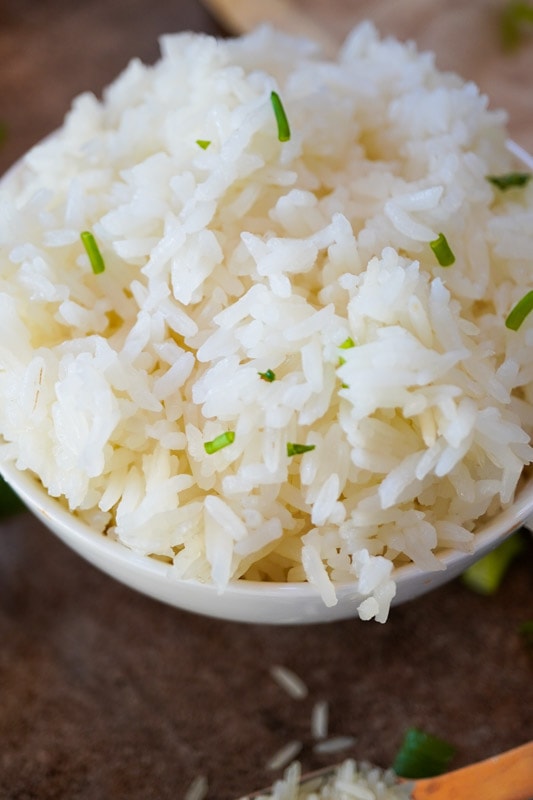
Equipment
1. Rice Cooker: A rice cooker is a popular appliance specifically designed for cooking rice. It takes the guesswork out of the process and ensures perfectly cooked rice every time. Rice cookers come in various sizes and features, including options for different types of rice and functions like steaming and warming.
2. Pot with Lid: A pot with a tight-fitting lid is a versatile and essential tool for cooking rice on the stovetop. Choose a pot with a heavy bottom to prevent the rice from sticking and burning. The size of the pot will depend on the amount of rice you want to cook.
3. Fine-Mesh Strainer: A fine-mesh strainer is useful for rinsing the rice before cooking. Rinsing helps remove excess starch and impurities, resulting in fluffier rice. It’s especially important for varieties like jasmine and basmati rice.
4. Measuring Cups: Accurate measuring is crucial for cooking rice properly. Having a set of measuring cups will help you measure the right amount of rice and water for your recipe.
5. Wooden Spoon or Rice Paddle: A wooden spoon or rice paddle is ideal for fluffing cooked rice without crushing the grains. The non-stick properties of wood prevent the rice from sticking to the utensil.
Storage
Rice Storage Container: If you frequently cook and store rice, having a dedicated rice storage container can help keep your rice fresh and free from moisture. Look for a container with an airtight seal to maintain its quality.
Tips
- Choose the Right Rice: Different types of rice require different cooking methods and water ratios. Basmati rice, jasmine rice, and sushi rice have unique characteristics and cooking requirements. Read the instructions on the packaging to ensure you’re using the correct method for the specific type of rice you have.
- Rinse the Rice: Rinsing the rice before cooking helps remove excess starch and impurities. Place the rice in a fine-mesh strainer and rinse it under cold water until the water runs clear. This step will result in fluffier rice with individual grains.
- Measure Accurately: Use measuring cups to ensure you add the correct amount of rice and water. The ratio of rice to water can vary depending on the type of rice, so follow the instructions on the packaging or recipe for the specific type you’re cooking.
- Use the Right Amount of Water: The amount of water you add to the rice is crucial for achieving the desired texture. Too much water can result in mushy rice, while too little water can lead to undercooked rice. Follow the recommended water-to-rice ratio for the type of rice you’re cooking.
- Let It Rest: Once the parboiled rice is cooked, allow it to rest for a few minutes with the lid still on. This resting period helps the grains settle and become fluffy.
- Fluff with a Fork: texture of the rice. To separate the grains and prevent clumping, use a fork or rice paddle to gently fluff the cooked rice. This will give you light and fluffy rice.
- Avoid Lifting the Lid: While the rice is cooking, avoid lifting the lid to check on it. The steam trapped inside the pot is crucial for evenly cooking the rice. Opening the lid too often can disrupt the cooking process and result in unevenly cooked rice.
- Time and Temperature: Cooking time and temperature can vary depending on the cooking method and type of rice. Follow the instructions on the packaging or recipe for accurate cooking times and temperatures.

In Conclusion Parboil Rice
In conclusion, for the best results if you’re looking to prepare Ben’s original favorite cooking method for parboil rice, consider using minute rice. This method ensures that the grains of rice retain their original vitamins while providing the desired texture. For a delightful twist, try incorporating the parboil rice into a delicious green bean rice casserole. Remember to use less water when cooking instant rice to maintain its perfect consistency. Don’t forget to add a teaspoon of salt for that extra flavor. And if you’re looking to save time, pressure cooking can be a great option for preparing parboil rice efficiently. Enjoy the delightful flavors and textures of parboil rice prepared using these tips!
Leave a star rating if you enjoyed it!!
Parboil Rice Recipe(Quick and Easy)

Ingredients
- 1 cup parboiled rice
- 2 cups water
- 1 tablespoon butter
- Salt to taste
Instructions
- Rinse the parboiled rice under cold water to remove any excess starch.1 cup parboiled rice
- In a medium-sized pot, bring 2 cups of water to a boil.2 cups water
- Once the water is boiling, add the rinsed parboiled rice to the pot.
- Add 1 tablespoon of butter to the pot. This will add a delicious richness to the rice.1 tablespoon butter
- Season with salt to taste. You can start with 1/2 teaspoon and adjust according to your preference.Salt
- Give it a quick stir, then reduce the heat to low and cover the pot with a tight-fitting lid.
- Let the rice simmer for about 15-20 minutes or until all the water is absorbed and the rice is tender.
- Once the rice is cooked, remove the pot from the heat and let it sit, covered, for an additional 5 minutes to allow the steam to finish cooking the rice and for the flavors to meld together
- After the resting time, fluff the rice gently with a fork.


